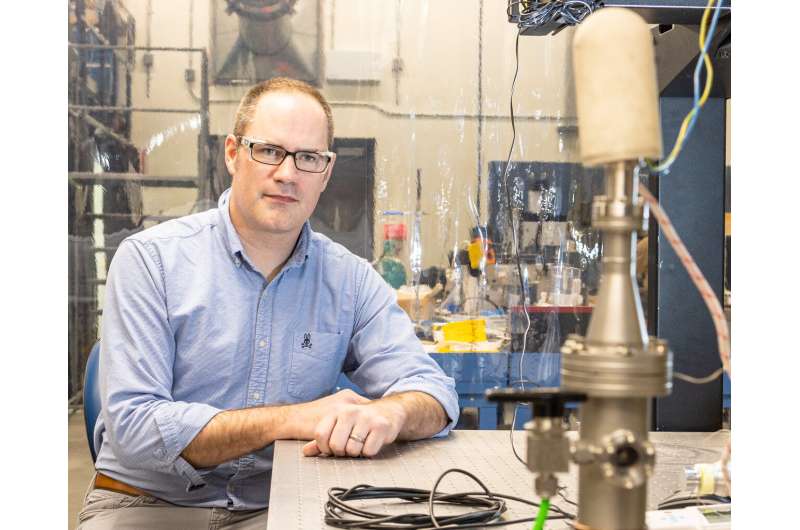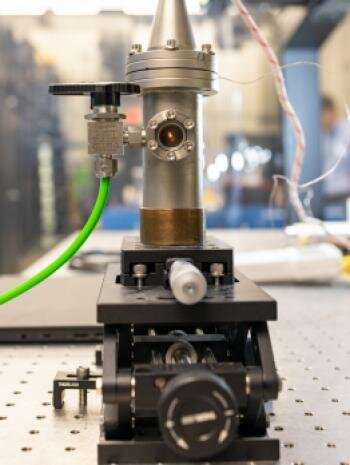Nuclear—Out of this world

If humankind reaches Mars this century, an Oak Ridge National Laboratory-developed experiment testing advanced materials for spacecraft may play a key role.
NASA is considering nuclear thermal propulsion—a way to power spacecraft with a nuclear reactor, which could cut travel times in half compared to traditional rockets.
A nuclear-fueled system will need sophisticated materials that can withstand extreme temperatures, hydrogen propellant, and radiation.
ORNL's experiment exposed prototype components to electrically heated temperatures reaching over 2,400 degrees Celsius.
Soon, scientists will take a scaled-up version, containing fuel surrogates and instrumentation, to the Ohio State University Research Reactor and see how it fares when neutron irradiation is added.
"There's nothing out there like this," said ORNL's Richard Howard. "We've built a remarkably efficient platform for reproducing extreme temperatures, and we're confident the scaled-up version will perform just as well."
Future work may include an even larger version to test full-size fuel elements or other reactor components.

Provided by Oak Ridge National Laboratory





















